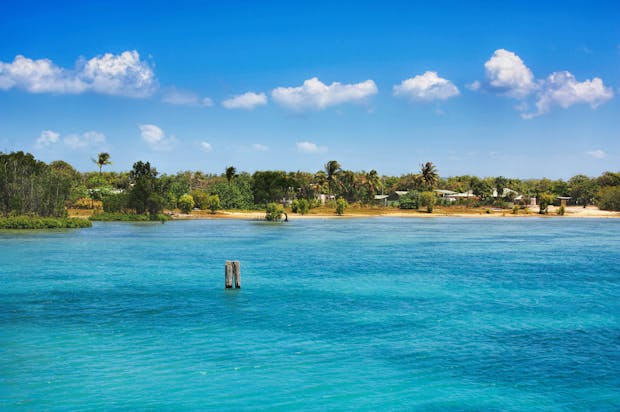AGL Energy has announced the bringing forward of the closure date for the Loy Yang A coal power station in the LaTrobe Valley from 2045 to 2035.
Such action was not unexpected given the Victorian Premier's announcement on Tuesday setting Victorian energy storage targets, and with continual growth in grid solar and wind farms and the planned construction of offshore wind. In March this year the Victorian Government set offshore wind targets of 2GW by 2032 and 4 GW by 2035.
But the 2035 closure date is still not ambituous and not in keeping with Paris climate target for phasing out coal. Bronya Lipski from Environment Victoria argues that a 2032 closure is in line with AEMO step change scenario. The Greens in the upcoming state election argue that all Victoria's coal plants should be phased out by 2030 with ramping up the speed of renewables and storage construction.











